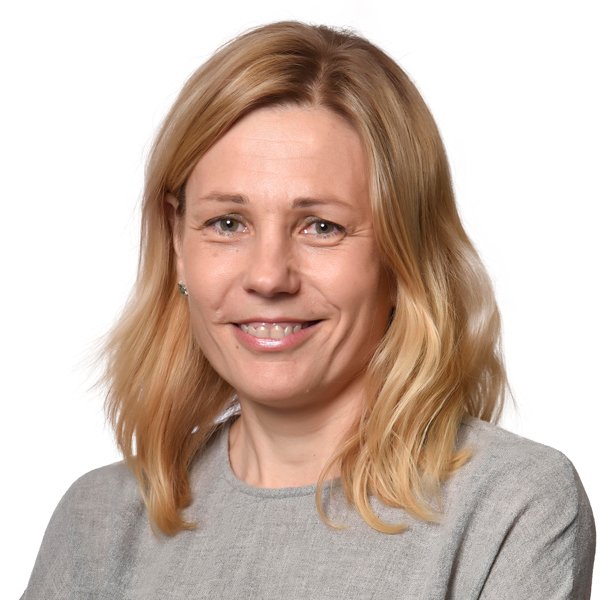A new guide for creating digital multimedia projects
Subject: Computer science, Multimedia and Telecommunications
Whether you're designing and developing a website or an app or launching a podcast, this new library guide has some tools and tips to help you out.
Xatkit is a digital project that was developed by a member of the UOC. It is designed to provide virtual assistance for e-commerce, using bots that can adapt themselves to meet the requirements of any store. Once installed, they learn the products on sale and set themselves up automatically to help visiting customers.
If you too have got an idea that's been buzzing around in your head for a while and you want to make it happen, our new library guide on creating a digital project is here to lend a hand, with information on how to plan things out, methodologies and tools to implement your project and success stories to draw inspiration from and emulate.
This library guide is aimed at anyone looking to start up any kind of digital initiative, irrespective of whether it is professionally oriented (e.g. an entrepreneurial project) or academic in nature (such as a final project or a classroom activity).
Ferran Adell, the member of the Faculty of Computer Science, Multimedia and Telecommunications who brought the resource to life, explained how this library guide is used in courses in the final part of the bachelor's degree in Digital Interaction and Multimedia Techniques, when students are faced with the challenge of creating a digital project, "about whatever they like and in any format", to put into practice the knowledge and competencies they have worked on in the programme. "We thought it would be interesting to expand the learning materials' horizons by adding content selected by the Library", he added.
Although the digital project concept is very broad, for Adell it's about developing a digital product with "enough complexity to require sequenced work stages, involving the definition and justification of an idea, and everything that entails: project design, project development, followed by its promotion or publication" This means that there are diverse possibilities for digital projects, for example a website, a piece of software, installations with Arduino circuits, an e-book, or an interactive app.
What's in the guide?
- The first sections will help you to define your project, which could stem from an idea of yours or a need you've identified that calls for a digital solution. To ensure that your project is mature enough, you'll have to analyse its viability, taking into account available resources and other products already on the market, and implement a specific approach, such as design thinking.
- The central part is dedicated to planning and developing your project, with information to help you map out the different stages of work and referencing tools to assist you with task management and communicating with your team. There are also resources covering certain methodologies in greater detail and a comprehensive manual on project management, laid out step-by-step, from the very start to final execution.
- The final parts refer you to websites that explain how to present your project to the general public or how to use digital marketing techniques.
- The concluding section offers examples of highly successful technology projects.
We recommend checking out this library guide to help you conceptualize and create your own multimedia project.
Author
Lis Balcells
Operative subgroup: Librarian for Computer Science, Multimedia and Telecommunications, vocational training Operative group: Library for Learning


